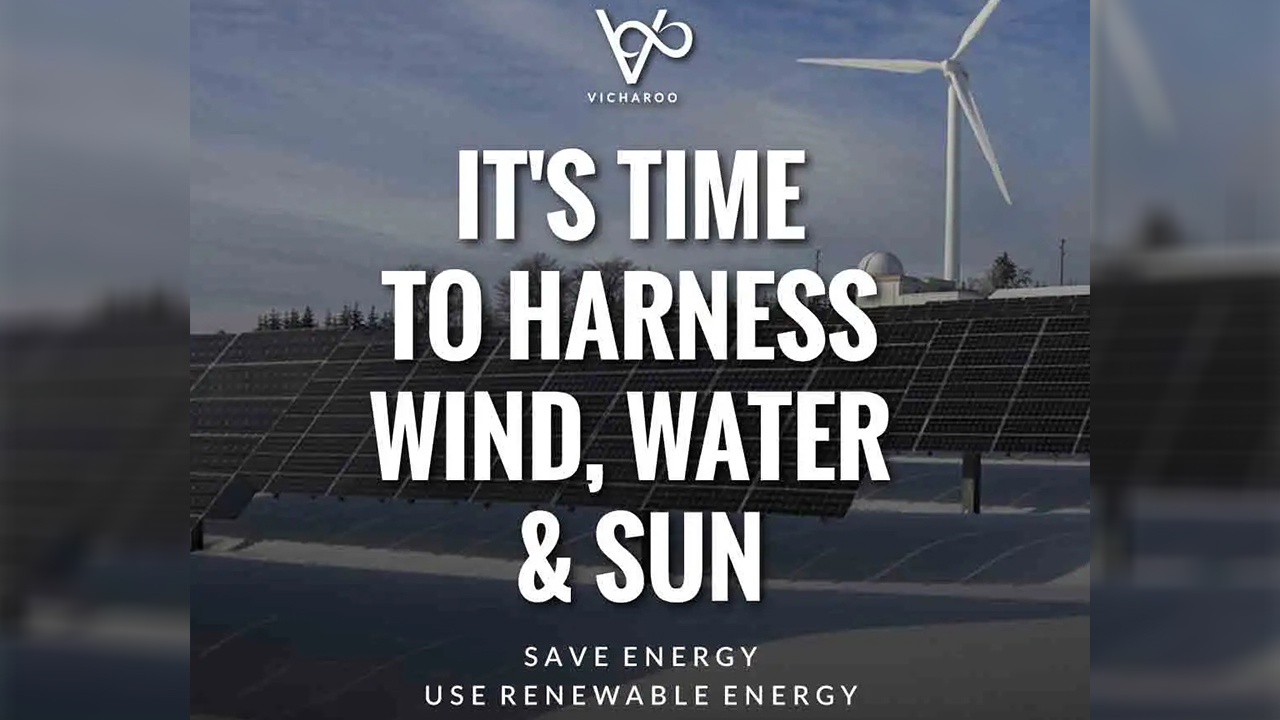In an era where the impacts of climate change are becoming increasingly evident, the urgent need for sustainable and renewable energy sources has never been clearer. Among the most promising options for a clean energy future are solar, wind, and hydroelectric power. These sources, harnessed from the sun, wind, and water, offer a path toward reducing carbon emissions and mitigating the effects of climate change.
Solar energy, harvested from the sun’s radiant energy, is one of the fastest-growing renewable energy sources. Solar panels, also known as photovoltaic cells, convert sunlight into electricity through the photovoltaic effect. Solar power has numerous advantages, including being abundant and accessible in many regions, making it a reliable source of clean energy. As technology advances, the cost of solar panels has steadily decreased, making solar power more affordable for individuals and businesses alike. Rooftop solar installations and large-scale solar farms are becoming increasingly common, providing a viable means of reducing greenhouse gas emissions and lowering our reliance on fossil fuels.
Wind energy is another compelling source of renewable power. Wind turbines, strategically positioned in areas with consistent and strong winds, can capture kinetic energy and convert it into electricity. Wind farms, both onshore and offshore, have become significant contributors to the global energy supply. One of the key advantages of wind energy is its scalability. It can be harnessed at various levels, from small residential wind turbines to massive wind farms generating substantial power for entire communities. As technology improves, the efficiency of wind turbines continues to increase, making this form of clean energy even more attractive.
Hydroelectric power, generated from the movement of water, is a well-established source of renewable energy. Dams and hydroelectric power plants use the kinetic energy of flowing water to produce electricity. This technology has been in use for decades and remains a crucial component of the renewable energy landscape. Hydroelectric power offers reliable energy generation, providing a stable source of electricity that can be adjusted to meet fluctuations in demand. While large-scale hydroelectric projects have been instrumental in many countries, there is also growing interest in small-scale and run-of-the-river hydroelectric systems that can harness the power of local water sources. See the video here.
The integration of these renewable energy sources into the global energy mix is vital for reducing our carbon footprint and transitioning toward a more sustainable future. Governments, businesses, and individuals all have a role to play in accelerating the adoption of solar, wind, and hydroelectric power. Government incentives and policies that encourage the development of clean energy infrastructure are crucial. Businesses can invest in renewable energy technologies and adopt sustainable practices to reduce their environmental impact. For individuals, it’s possible to contribute by installing solar panels on rooftops, supporting wind energy projects, and advocating for clean energy policies at the local and national levels.
The power of the sun, wind, and water is abundant and readily available. As we tap into these sources of renewable energy, we not only reduce our dependence on fossil fuels but also mitigate the environmental consequences of carbon emissions. By investing in solar, wind, and hydroelectric power, we can create a more sustainable and resilient energy future, combat climate change, and leave a cleaner, healthier planet for future generations.








